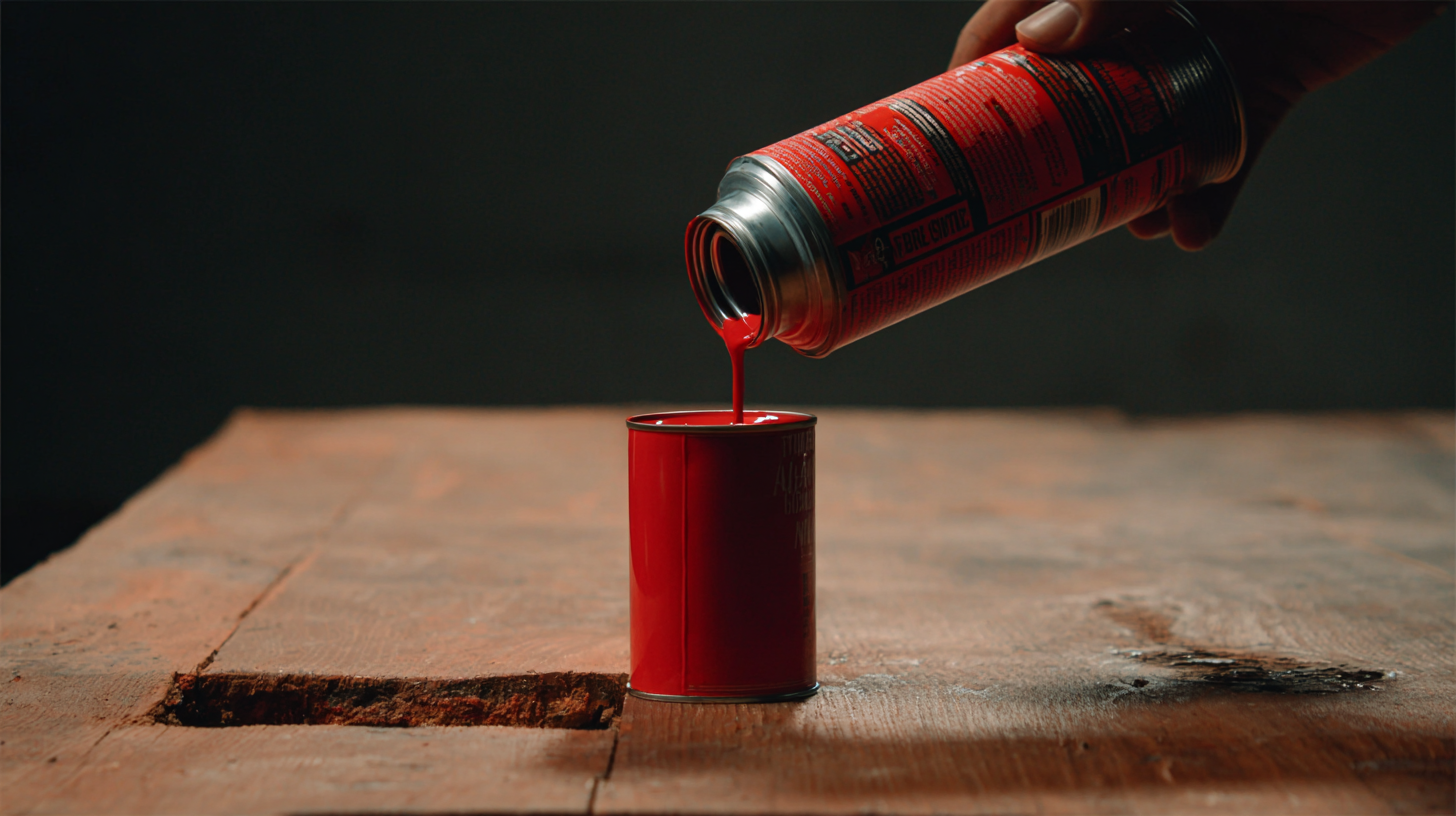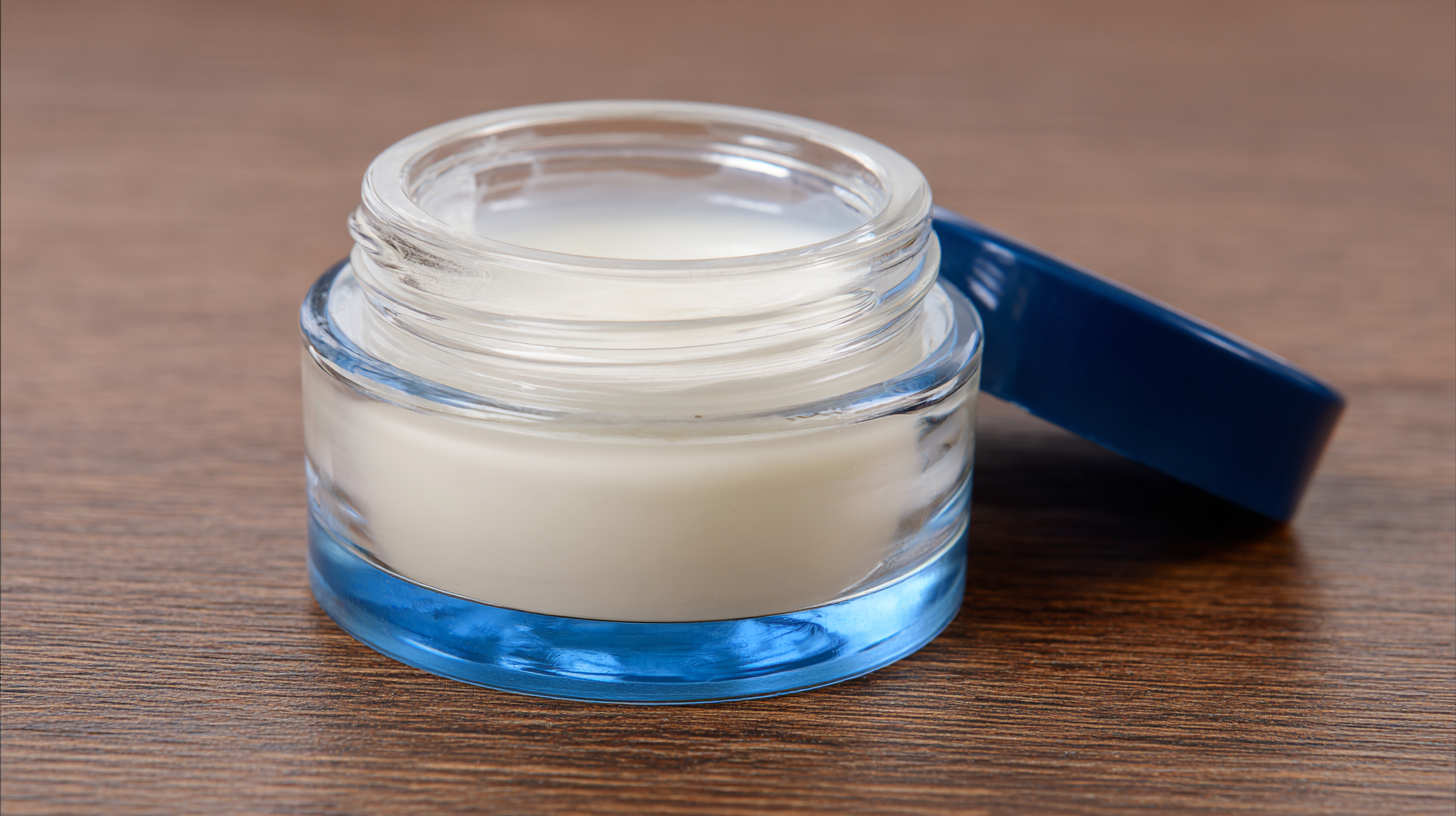Inquiry
Form loading...
As the construction and manufacturing sectors continue to evolve, the quest for efficient, reliable bonding solutions has intensified, leading to the rising prominence of "No Nails Adhesive." According to the latest report from the Adhesive and Sealant Council, the global adhesive market is projected to reach $70 billion by 2025, with a significant shift towards innovative, solvent-free products. The push for sustainable construction practices and the increasing demand for quick-drying adhesives have made No Nails Adhesive a preferred choice among industry professionals. These adhesives not only provide exceptional bonding strength but also reduce the necessity for traditional mechanical fasteners, thereby simplifying the assembly process and improving overall product durability. In this blog, we will explore the best industry standards for No Nails Adhesive and outline four compelling reasons to integrate this technology into your projects.

No nails adhesives have become a cornerstone in various industries thanks to their versatility and strength. In the construction sector, for example, these adhesives are widely used for bonding materials such as wood, metal, and plastics. According to a recent report by the Adhesive and Sealant Council, the construction adhesive market is projected to reach $45 billion by 2025, reflecting an increasing preference for adhesives over traditional fastening methods. This shift is largely attributed to the improved efficiency and reduced labor costs that no nails adhesives offer.
In the automotive industry, no nails adhesives are employed in assembling vehicle components, offering a lightweight alternative to screws and welding. The market for automotive adhesives is expected to grow at a CAGR of 5.2% through 2026, driven by advancements in adhesive technology that enhance performance under extreme conditions. Using these adhesives not only improves aesthetics by providing a seamless finish but also contributes to vehicle weight reduction, which is crucial for fuel efficiency.
Tips: When selecting no nails adhesives, consider the specific materials and environmental conditions they'll be exposed to. Always ensure the adhesive is compliant with industry standards to maximize performance and safety. Additionally, proper surface preparation can significantly enhance the bonding strength, so take the time to clean and dry surfaces before application.
In the ever-evolving adhesive industry, no nails adhesive products are making significant strides due to their versatile applications and ease of use. Key industry standards for these products are primarily driven by their performance attributes, safety considerations, and environmental impact. According to the Adhesive and Sealant Council, over 40% of construction professionals now prefer no nails adhesives due to their quick bonding times and enhanced durability, which can withstand extreme conditions without compromising strength.
 Moreover, as consumers become more environmentally conscious, adherence to eco-friendly standards has gained paramount importance. The ASTM International has established guidelines that emphasize low volatile organic compounds (VOCs) in adhesive products, ensuring safety for both users and the environment. Reports indicate that products meeting these standards have seen a sales increase of approximately 25% over the past two years, highlighting a market shift towards sustainable practices. Consequently, manufacturers are urged to align their products with these evolving industry standards to meet both regulatory requirements and consumer demands.
Moreover, as consumers become more environmentally conscious, adherence to eco-friendly standards has gained paramount importance. The ASTM International has established guidelines that emphasize low volatile organic compounds (VOCs) in adhesive products, ensuring safety for both users and the environment. Reports indicate that products meeting these standards have seen a sales increase of approximately 25% over the past two years, highlighting a market shift towards sustainable practices. Consequently, manufacturers are urged to align their products with these evolving industry standards to meet both regulatory requirements and consumer demands.
When it comes to using no nails adhesive, proper application is key to achieving a strong bond. Begin by ensuring that the surfaces you are working with are clean and dry. This helps the adhesive adhere better and prevents any contaminants from weakening the bond. If painting or sealing is required, allow these actions to fully cure before applying the adhesive.
Next, apply the no nails adhesive evenly along the surface. Depending on the size and weight of the materials being bonded, you might choose either a bead or a zigzag pattern to maximize coverage. Once applied, press the materials firmly together, holding them in place as specified by the manufacturer's instructions. Some products may require you to clamp the pieces together for a certain period to ensure the adhesive sets properly.
Lastly, be aware of the curing time. While no nails adhesives are designed to set quickly, allowing sufficient time for full curing will guarantee the bond's strength and durability. Always refer to the specific guidelines provided with your adhesive to ensure the best results, enhancing both the longevity and reliability of your project.
| Dimension | Description | Industry Standard | Benefits |
|---|---|---|---|
| Viscosity | Resistance to flow | 2000-3000 cP | Easy application |
| Cure Time | Time taken to achieve bond strength | 24 hours | Quick-setting options available |
| Temperature Resistance | Ability to withstand temperature variations | -20°C to 80°C | Suitable for various environments |
| Bond Strength | Strength of the adhesive bond | > 2000 PSI | Durable and long-lasting |
In recent years, no nails adhesive has gained traction as a preferred bonding solution due to its numerous advantages over traditional methods such as screws and nails. According to a market analysis by IBISWorld, the adhesive manufacturing industry has seen a compound annual growth rate (CAGR) of 4.2% from 2018 to 2023, emphasizing a growing trend towards adhesive solutions among both consumers and businesses. One of the primary benefits of no nails adhesive is its ease of use; it can be applied without the need for heavy machinery, allowing for quicker project completion. This convenience can lead to a significant reduction in labor costs, which according to a report by Statista, can account for up to 30% of total construction expenses.

Another compelling reason to choose no nails adhesive is its ability to provide a clean and aesthetically pleasing finish. Unlike traditional methods that require drilling and can leave unattractive holes, no nails adhesives bond surfaces seamlessly without visible attachments. A study conducted by the Adhesive and Sealant Council highlighted that 78% of contractors reported greater customer satisfaction when using adhesives for visible joints, illustrating a clear preference for methods that enhance overall appearance. Additionally, these adhesives often feature enhanced strength and durability, making them suitable for a variety of materials including wood, metal, and plastics, thus broadening their application across different industries.
No nails adhesive solutions have gained traction in various industries, showcasing their versatility and effectiveness. One notable case is the construction of eco-friendly homes, where builders opted for no nails adhesive to reduce carbon emissions associated with traditional building materials. This innovative approach not only enhanced the structural integrity of the homes but also met green building standards, attracting environmentally conscious buyers.
Another compelling example comes from the furniture industry. A manufacturer successfully employed no nails adhesive in assembling modular furniture, which allowed for greater flexibility in design and ease of transportation. This method not only streamlined the production process but also resulted in a 30% decrease in waste, illustrating how no nails adhesive can contribute to sustainable practices while maintaining product quality. These case studies highlight the practical advantages and industry standards that make no nails adhesive a preferred choice for modern projects.
